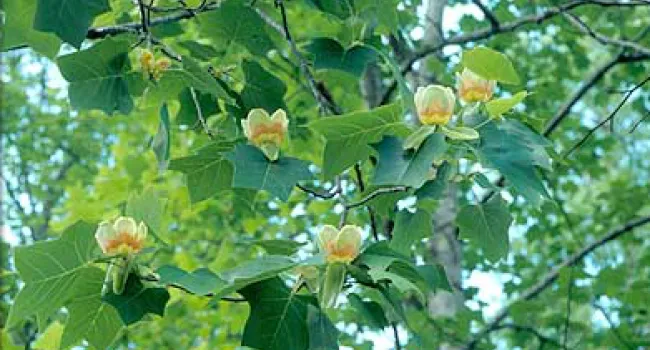
Photo
This large tree which can be found in forests, roadsides and fields has a straight trunk and large leaves with four sharp-tipped lobes. The greenish-yellow, cup-shaped flowers provide an important...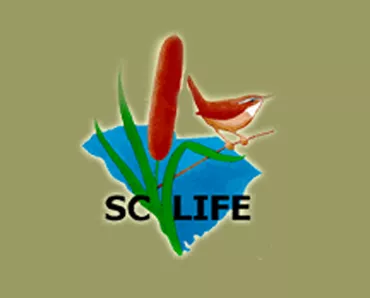
Take a virtual field trip to a South Carolina cove forest and a salt marsh. These virtual field trips were produced in collaboration between Clemson University's SC LIFE Project and South Carolina ETV. The virtual field trips were designed specifically for schools lacking easy access to natural areas.
The SC LIFE Project, supported by an award to Clemson University from the Howard Hughes Medical Institute Undergraduate Science Education Program, uses the natural history of South Carolina (and the Southeast) to illustrate basic biological concepts and to stimulate inquiry-based learning. The SC LIFE Program serves elementary, middle and high school students and teachers. The target grade level of the SC LIFE Virtual Field Trips content is middle school.
SC LIFE materials are available for use only in non-profit educational activities. Any other uses, including activities involving fees for instruction and/or materials, must receive permission from the SC LIFE Project Director. Contact SC LIFE Project Office, 132 Long Hall, Clemson, SC 29634, 864-656-4224, with questions about any of our SC LIFE materials or programs.

Photo
This large tree which can be found in forests, roadsides and fields has a straight trunk and large leaves with four sharp-tipped lobes. The greenish-yellow, cup-shaped flowers provide an important...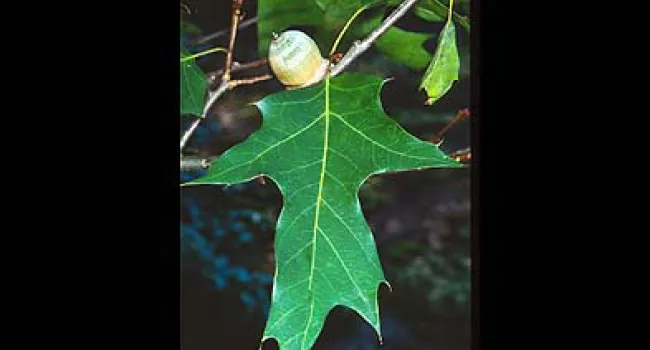
Photo
(Quercus rubra) Several species of oak can be found growing in the cove forest, and Red Oak is perhaps most frequently encountered. This tree has leaves with sharp lobes and bristles at the tips and...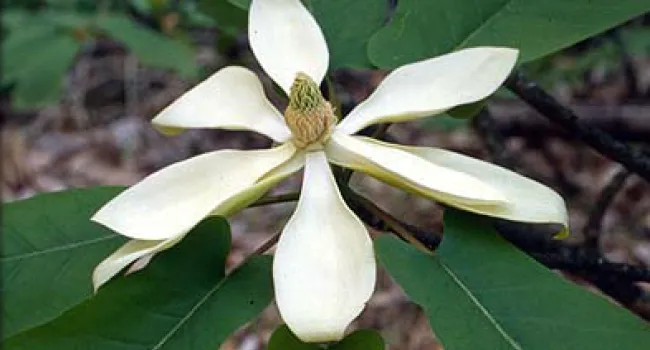
Photo
(Magnolia fraseri) This fast-growing tree with multiple stems, large deciduous leaves, and sweet-scented flowers, occurs in moist slopes and along streams. It is only found in the southern Appalachian...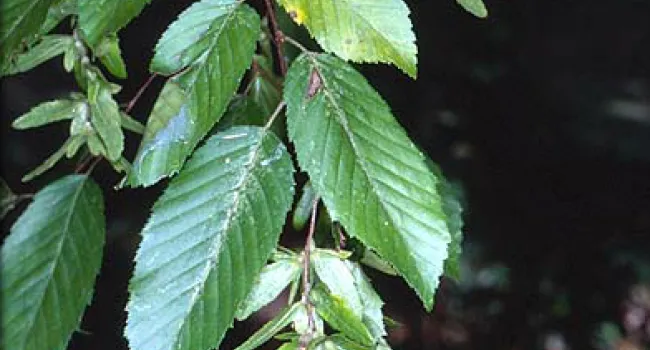
Photo
(Carpinus caroliniana) This slow-growing understory tree occurs along streams and in moist bottomland forests. Its wood is extremely hard and was used in the past for golf club heads, mallets and tool...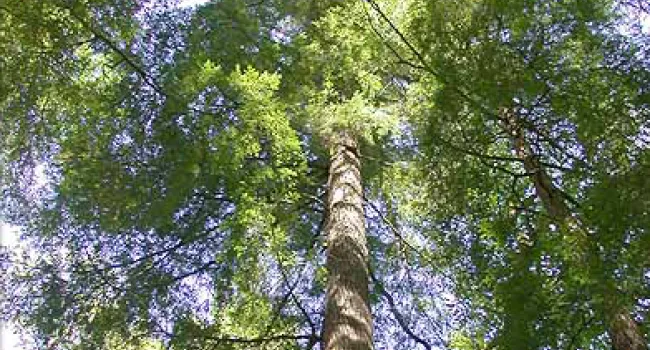
Photo
Almost all trees in cove forests are deciduous - that is, they drop their leaves in the fall and produce new ones in spring. The Canada hemlock, in contrast, is an evergreen - it retains its needle...
Photo
(Tilia americana) A medium to large tree that frequently occurs in the understory but may also reach the canopy. The large heart-shaped leaves are finely toothed and have an asymmetrical base. The...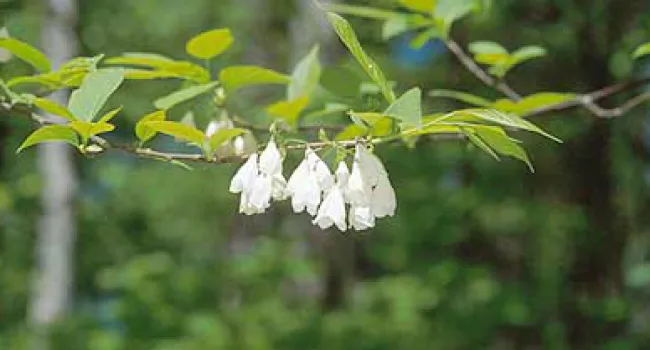
Photo
(Halesia tetraptera) This small to medium-sized understory tree has distinctive white-yellow vertical streaks on its young stems. In early spring it produces white bell-shaped flowers that develop...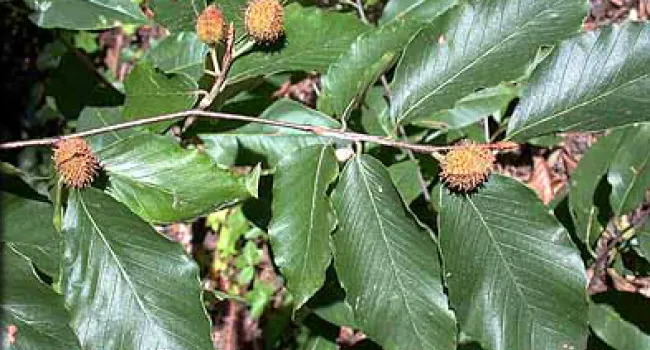
Photo
(Fagus grandifolia) The smooth gray bark, sharp-pointed buds, and papery toothed leaves make beech one of the easiest trees to identify. Because it can tolerate deep shade, individuals occur both in...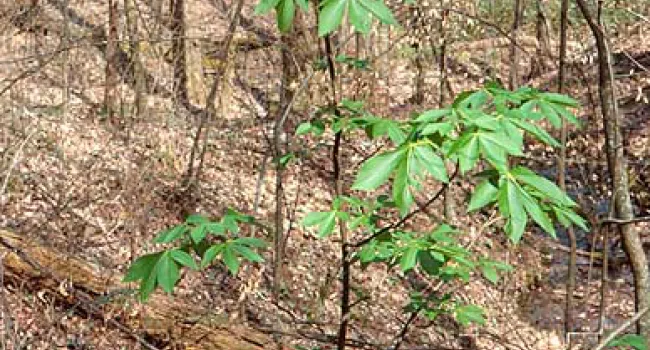
Photo
(Aseculus flava) The palm-shaped leaves of this deciduous tree are divided into 5-7 large leaflets. Yellow buckeye is one of the first trees to leaf-out in the spring. It produces clusters of tubular...
Photo
Due to high winds, old age and other natural causes, trees frequently fall over, which creates openings (gaps) in the forest. These openings promote species diversity by creating additional and...